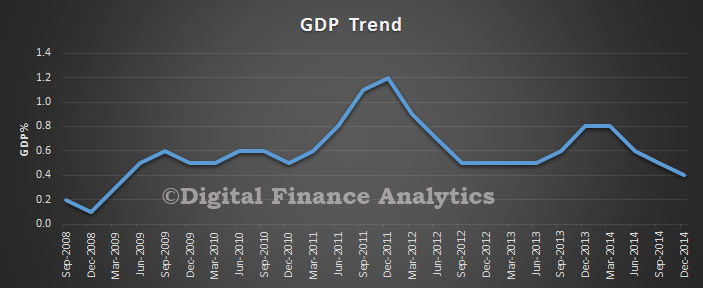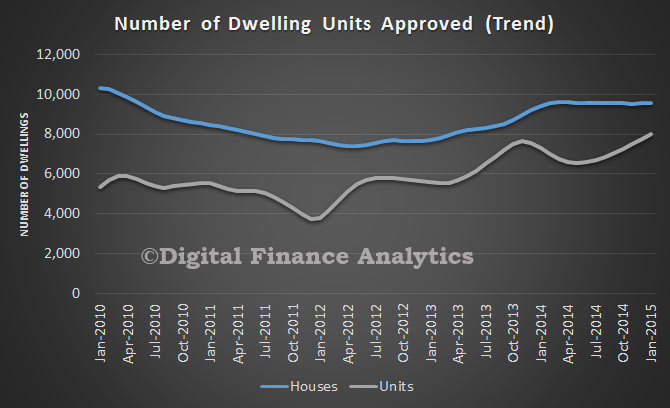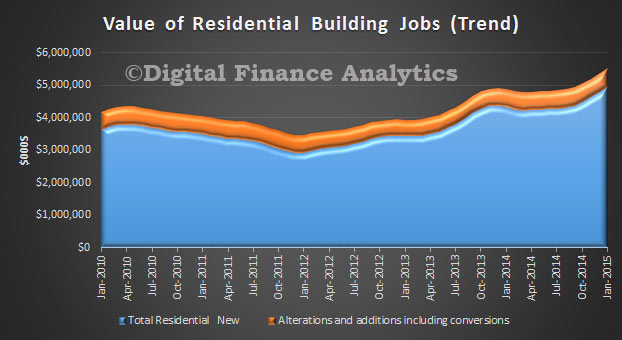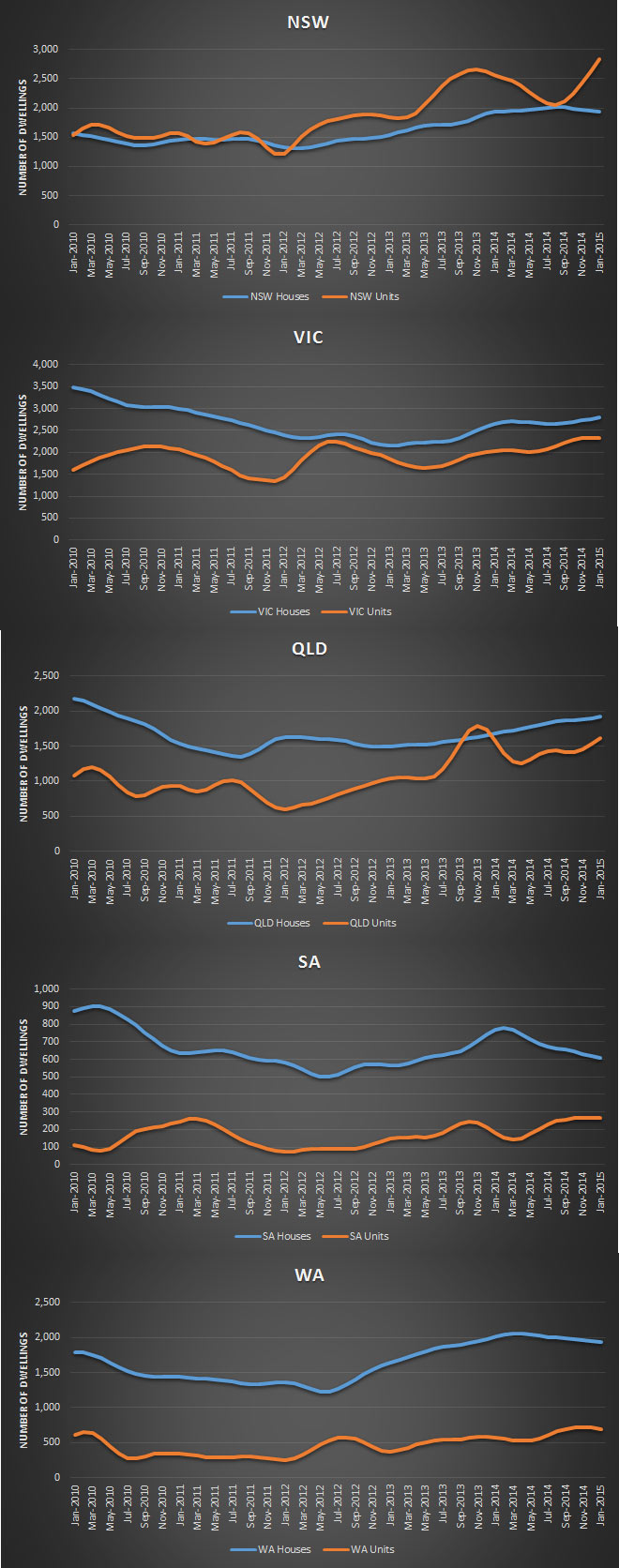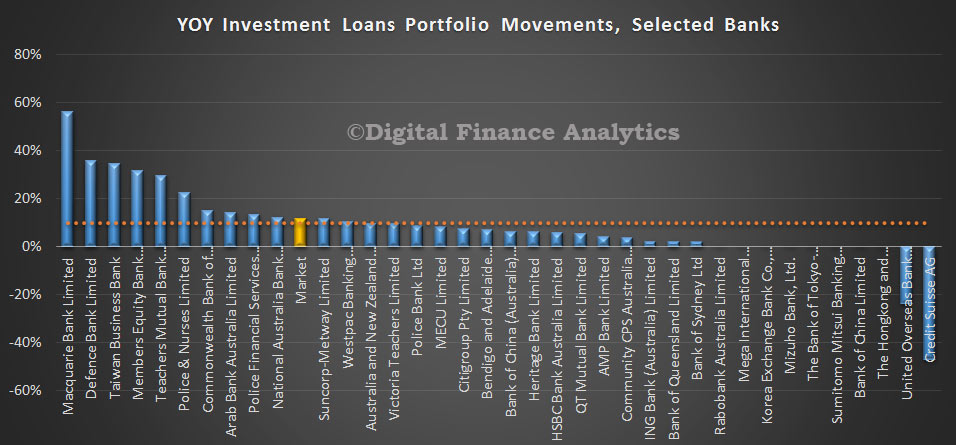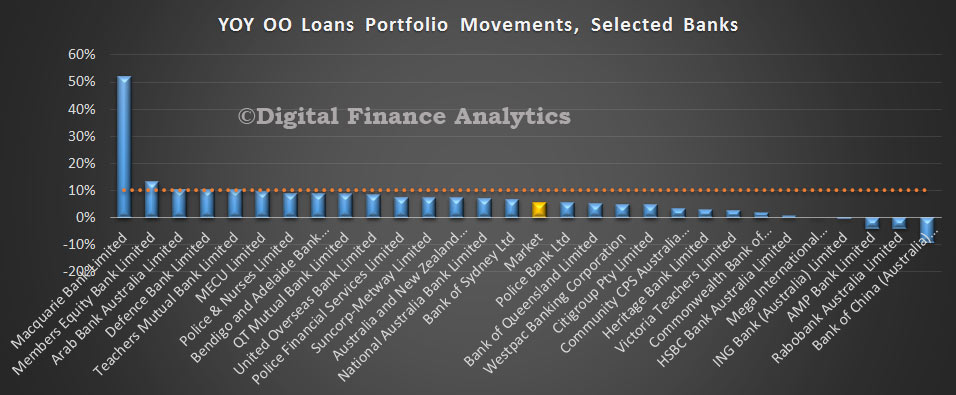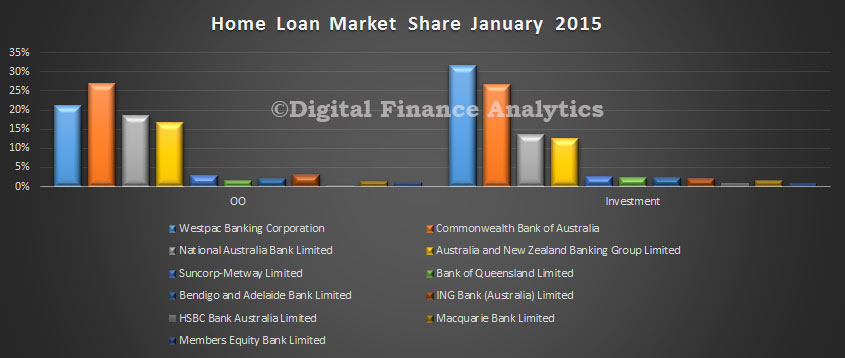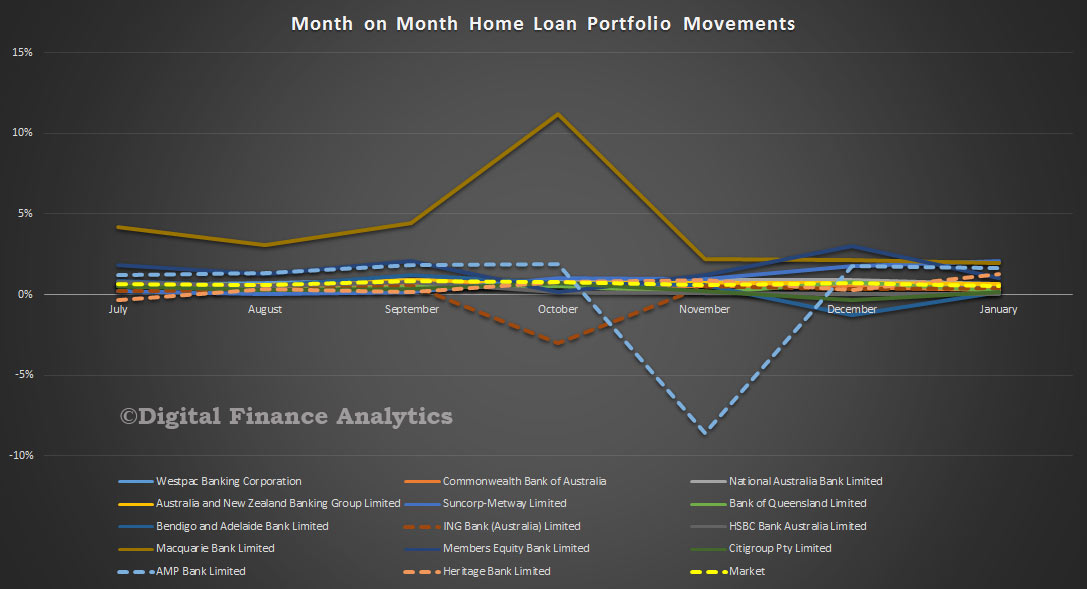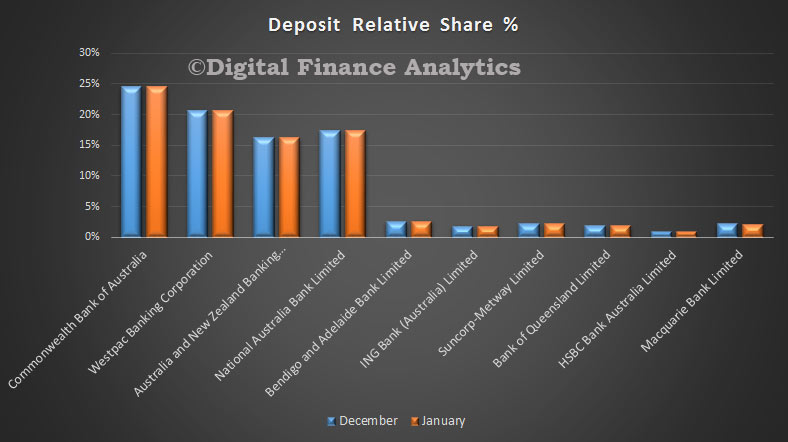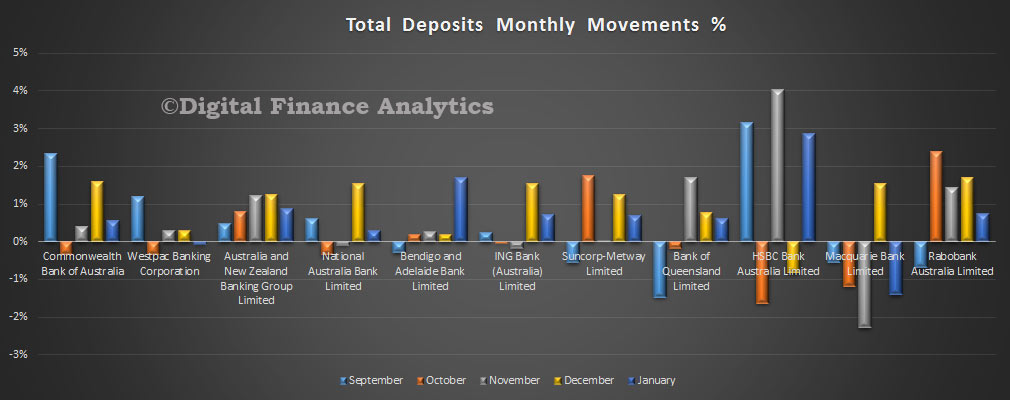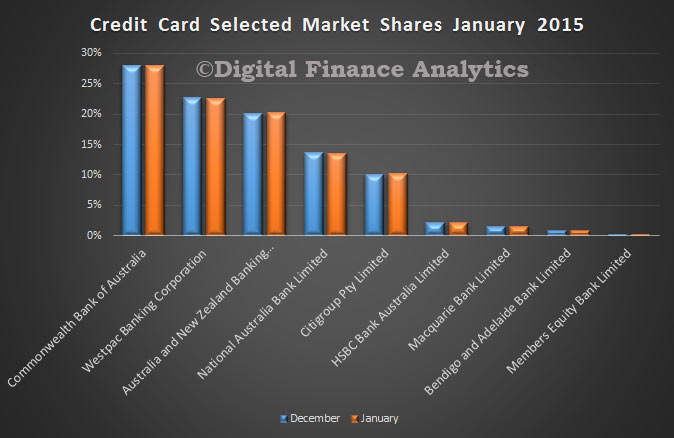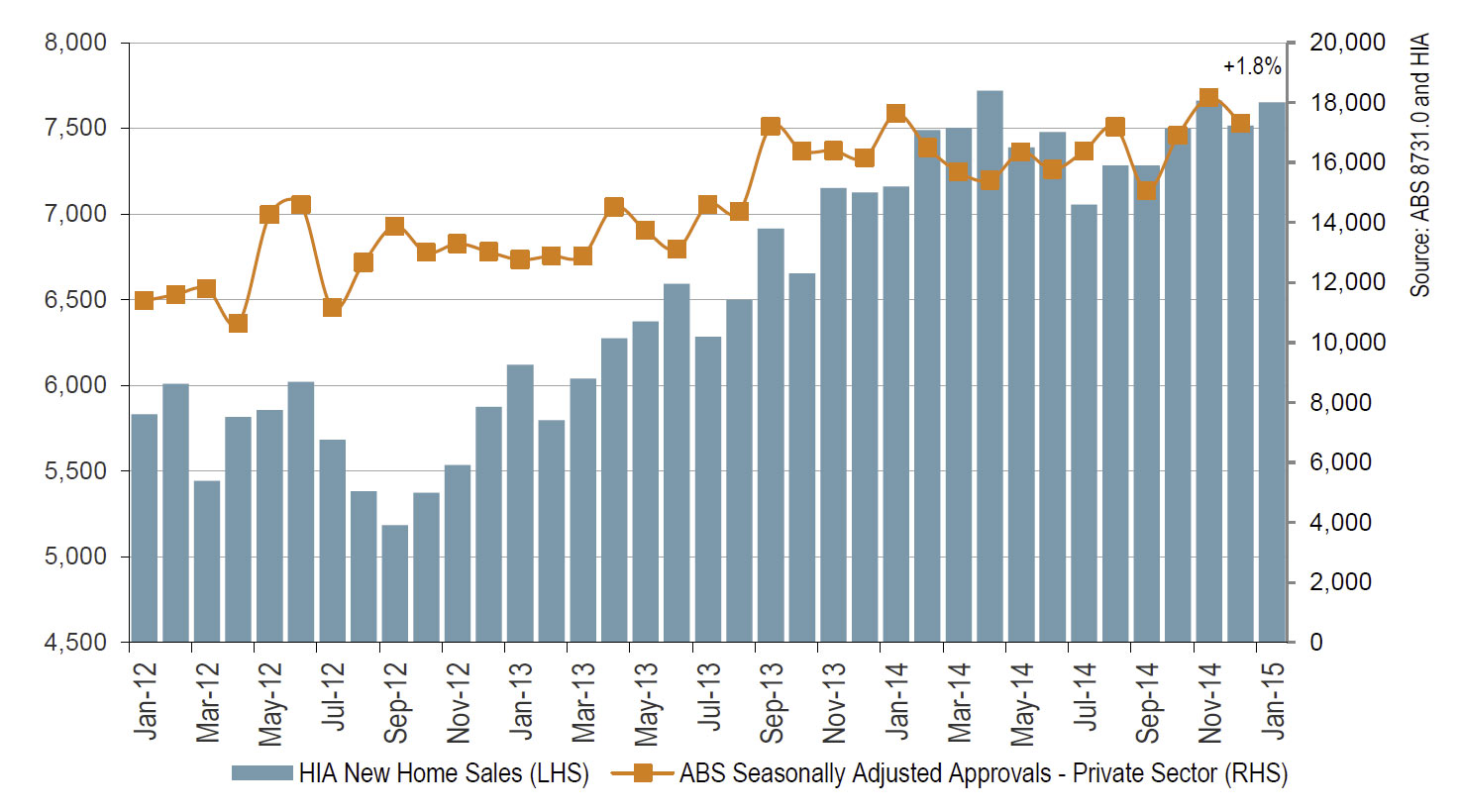Six and half years after the depths of the Great Financial Crisis, we know the shape of the future global bank capital framework. But important questions do remain. Today I want to focus on how regulators should measure risk in order to set capital requirements, with some final remarks on the particular case of securitisation. To start, though, a reminder of the key elements of the post-crisis, internationally-agreed framework:
- Banks have minimum requirements for at least 4.5% of risk-weighted assets (RWAs) in core equity and 6% of RWAs in going concern Tier 1 capital, including for the purpose of absorbing losses in insolvency or resolution. Basel III tightened the definition of capital significantly.
- Systemically-important banks have further loss absorbing capacity so that they can be recapitalised in resolution without taxpayer support, ensuring the continuity of critical functions and minimising damage to financial stability.
- In November 2014, the Financial Stability Board (FSB) proposed that total loss absorbing capacity (TLAC) for globally systemically-important banks (G-SIBs) should comprise at least 16-20% RWAs.
- Core equity buffers sit on top of this TLAC so that the banking system can weather an economic downturn without unduly restricting lending to the real economy; the Basel III capital conservation buffer for all banks is sized at 2.5% of RWAs.
o Systemically-important banks hold higher buffers; and
o Buffers can also be increased counter-cyclically when national authorities identify higher systemic risks.
The new bank capital framework will cause banks to hold significantly more capital than the pre-crisis regime. Major UK bank capital requirements and buffers have increased at least seven-fold once you take account of the higher required quality of capital, regulatory adjustments to asset valuations and higher risk weights as well as the more obvious increases in headline ratio requirements and buffers. Small banks have seen a lesser increase than systemically-important banks, reflecting the important new emphasis since the crisis on setting capital buffers and TLAC in proportion to the impact of a bank’s distress or failure on the wider financial system and economy. In sum, the framework is now impact- as well as risk-adjusted. From a PRA perspective, this is consistent with our secondary objective to facilitate effective competition.
We are currently in transition to the final standards, with full implementation not due until 2019. Although the broad shape is clear, I want to highlight four areas where questions remain:
First, the overall calibration of TLAC. The FSB will finalize its ‘term sheet’ that specifies the TLAC standard for G-SIBs in light of a public consultation and findings from a quantitative impact study and market survey. It will submit a final version to the G-20 by the 2015 Summit. National authorities will also need to consider loss absorbing capacity requirements for banks other than G-SIBs. In the United Kingdom, the Financial Policy Committee (FPC) will this year consider the overall calibration of UK bank capital requirements and gone-concern loss absorbing capacity.
Second, the appropriate level of capital buffers, including how and by how much they increase as banks are more systemically important. The Basel Committee has published a method for bucketing G-SIBs by their global systemic importance, a mapping of buckets to buffer add-ons and a list of G-SIBs by bucket. This will be reviewed in 2017. Separately the US authorities have proposed somewhat higher add-ons. National authorities also have to decide buffer frameworks for domestically systemically-important banks or D-SIBs. In the UK, the FPC plans to consult on a proposal for UK D-SIBs in the second half of this year.
Third, the location of capital buffers, requirements and loss absorbing capacity within international banking groups. A number of such groups are moving towards ‘sibling’ structures in which operating banks are owned by a common holding company. This has advantages for resolution: first, loss absorbing capacity can be issued from a holding company so that statutory resolution tools only have to be applied to this ‘resolution entity’ – the operating subsidiaries that conduct the critical economic functions can be kept as going concerns; and second, the operating banks can be more easily separated in recovery or post-resolution restructuring. It also fits with legislation in countries such as the UK requiring ring fencing of core retail banking activities and the US requiring a foreign banking organization with a significant U.S. presence an to establish intermediate holding company over U.S. subsidiaries. A ‘single point of entry’ approach to resolution might involve all external equity to meet buffers and external equity and debt included in TLAC being issued from the top-level holding company. An important question then is to what extent and on what terms that equity and debt is downstreamed from the top-level holding company to any intermediate holding companies and the operating subsidiaries. This will also be influenced by the final TLAC standard that includes requirements on these intragroup arrangements.
Finally, I would like to spend more time on my fourth issue: how to measure a bank’s risk exposures in order to set TLAC and buffers – or, in other words, determining the denominator of the capital ratio. Here regulators have to balance multiple objectives:
- An approach that is simple and produces consistent outcomes across banks. Basel I, based entirely on standardised regulatory estimates of credit risk, met this test.
- An approach that is risk sensitive and minimises undesirable incentives that may distort market outcomes. Whether we like it or not, banks will evaluate their activities based on return on regulatory capital requirements. So if those requirements diverge from banks’ own assessments of risk, regulation will change market behaviour. Sometimes that may be intended and desirable. But often it will not be. Basel I, for example, led to distortions in markets like the growth of commercial paperback-up lines because under-one-year commitments had a zero capital requirement. Subsequent developments of the Basel capital framework sought to close the gap between regulatory estimates of risk and firms’ estimates of risk by allowing use of internal models for market, operational and credit risk.
- An approach that is robust in the face of uncertainty about the future. Estimates of risk based on past outcomes may prove unreliable. We should be wary of very low capital requirements on the basis that assets are nearly risk free. And behavioural responses to the capital framework may change relative risks endogenously. For example, before the crisis, banks became dangerously over-exposed to AAA-rated senior tranches of asset backed securities partly because, wrongly, they saw the risks as very low and partly because the capital requirements were vanishingly small.
Ideally regulators would design a framework for measuring risk exposures that maximises each of these objectives. But trade-offs are likely to be necessary and, in my view, the rank ordering of objectives should be robustness followed by risk sensitivity and simplicity. Prioritising robustness points to combining different approaches in case any single one proves to be flawed. So the PRA uses three ways of measuring risk: risk weightings, leverage and stress testing. By weighting all assets equally regardless of risk, the leverage exposure measure provides a cross check on the possibility that risk weights or stress testing require too little capital against risks judged very low but which subsequently materialise.
In the United Kingdom, the FPC’s view is that leverage ratio should be set at 35% of a bank’s applicable risk-weighted requirements and buffers.1 This is simple to understand and can be seen as setting a minimum average risk weight of 35%. So, for non-systemic banks with risk-weighted requirements and buffers of 8.5%, the minimum leverage ratio would be 3%. But a G-SIB, with a risk-weighted buffer add-on of, say, two percentage points, would a have an additional leverage buffer of 0.7 percentage points. And all firms would be subject to a leverage buffer equal to 35% of any risk-weighted counter-cyclical buffer. Another key advantage of using the same scaling factor and mirroring the different elements of the risk-weighted framework is that it creates consistent incentives for different types of banks and over time. By contrast, for example, setting the same leverage ratio for all firms would amount to setting a lower minimum average risk weight for systemically-important banks than other banks.
Stress testing complements risk weighted and leverage approaches by considering the impact of extreme but plausible forward-looking macroeconomic scenarios of current concern to policymakers. Because buffers are intended to absorb losses in an economic downturn, the natural role of stress testing in the capital framework is to assess the adequacy of the buffers based on the Basel risk-weighted and leverage measures. If an individual bank is shown to be an outlier in a stress test, with a particularly large deterioration in its capital position, supervisors may use Pillar II to increase its capital buffers. The PRA is currently consulting on its approach to Pillar II, including a ‘PRA buffer’ that would be used in this way to address individual bank risks. An advantage of concurrent stress testing across major banks is that policymakers can consider the wider systemic impact of the scenario. They can also test whether buffers are sufficient even if regulators prevent banks from modelling management actions that would be harmful to the wider economy: for example, if banks propose to reduce new lending in order to conserve capital. Used in this way, stress testing may inform calibration of the system-wide, countercyclical buffer if macro-prudential policymakers identify elevated systemic risks.
Leverage and stress testing are best seen as complements rather than alternatives to risk-weighted measures of capital, producing a more robust overall framework. Risk weightings will likely remain the binding constraint for most banks most of the time. A central priority of the Basel Committee over the next year or so is to restore confidence in risk weightings by designing a system that balances most effectively the three objectives of robustness, risk sensitivity and simplicity.
Risk sensitivity points to a continuing role for firms’ internal estimates and models. But that depends on finding solutions for problems with them. First, various studies by the Basel Committee have shown material variations in risk weights between banks for reasons other than differences in the riskiness of portfolios. Models appear to be producing excessive variability in capital outputs, undermining confidence in risk-weighted capital ratios and raising questions about gaming. Second, some models may produce low risk weights because the data underpinning them do not include stress events in the tail of the distribution. This is a particular concern in portfolios where the typical level of defaults is low but defaults may correlate in a systemic crisis: for example, exposures to other banks or high quality mortgages. For major global firms, average risk weights fell almost continuously from around 70% in 1993 to below 40% in 2008, since when they have remained around that level. Third, modelled capital requirements can be procyclical. For example, last year’s concurrent stress test of major UK banks by the Bank of England showed that some banks’ mortgage risk weights increased significantly in the test, particularly where banks took a ‘point in time’ approach whereby probability of default was estimated as a function of prevailing economic and financial conditions.
One solution would be to abandon use of banks own estimates and models entirely and use standardised regulatory risk weights. But standardised approaches have their own weaknesses. For example, finding simple and consistent techniques for measuring risk by asset class that work well across countries with different market structures and risk environments is not straightforward. Regulators typically face a trade-off between simplicity and risk sensitivity. An alternative approach is to find solutions for the problems with models. Some possible ideas might include:
- Requiring banks to provide more transparency about their risk estimates and models. The work of the Enhanced Disclosure Task Force and Basel’s revised Pillar III templates are steps in this direction. Regular hypothetical portfolio exercises by supervisors can identify banks with more aggressive approaches.
- Being more selective about where it makes sense to allow internal models and where standardised approaches may be more effective. In the case of credit risk, for example, models may be more robust in asset classes with longer and richer histories of default data; and the value-added of models for risk sensitivity is likely to be greater in asset classes where banks have significant private information about differences in risk.
- Changing the specification of models to take greater account of potential losses if tail risks crystallise. The Basel Committee has already agreed to move from a value-at-risk to an expected shortfall approach to estimating market risk. For credit risk, increasing the implied correlation of default in the model might be a simple way to produce higher risk weights in asset classes where banks are estimating low probabilities of default but regulators are concerned about tail risks.
- Broadening the use of so-called ‘slotting’ approaches in which banks use their own estimates to rank order risks but regulators determine the risk weights for each ‘slot’. Slotting makes use of the better information banks have about relative risk within an asset class. But regulators decide the level of capital requirements. Slotting was one of the options considered when regulators first started thinking about use of internal models in the capital framework in the 1990s.
- Putting floors on the level of modelled capital requirements. The Basel Committee has recently consulted on the design of a floor based on standardised risk weights to replace the existing transitional capital floor based on the Basel I framework. But it has not taken decisions on calibration: in other words, how often the floors would ‘bite’.
The Basel Committee has said that it will consider the calibration of standardised floors alongside its work on finalising revised standardised approaches to credit risk, market risk and operational risk, and as part of a range of policy and supervisory measures that aim to enhance the reliability and comparability of risk-weighted capital ratios. Restoring confidence in risk weights will form a major part of the Committee’s agenda over the next year or so. Meanwhile, at a national level, supervisors can use Pillar II to address risks not adequately captured under internationally-standardised risk weightings. The PRA uses Pillar II actively to ensure banks have adequate capital to support all the risks in their businesses and has recently set out in a transparent way for consultation the methodologies it proposes using to inform its setting of Pillar II capital requirements.
Finally, I want to speak briefly about securitisation as an example of an area where regulators find it hard to measure risk. One reason is that part of the securitisation market grew up in order to exploit weaknesses in risk weightings by allowing banks to maximise reduction in capital requirements while minimising decreases in revenue. A lesson from the past is that the risk of unintended market consequences is high. Risk weighting approaches for securitisation have relied either on external tranche ratings or on regulatory formulae. Both have problems. Formulae may not include all the key dimensions of risk. Ratings agencies can. But their track record in the financial crisis was poor and authorities globally are seeking – and in the US case are required by law – to reduce reliance on rating agencies.
As well as the micro-prudential goal to ensure that banks measure securitisation risks appropriately and hold adequate capital against them, we also have a macro-prudential goal that the securitisation market develops in a sustainable way. These goals are aligned because, as we saw in the crisis, a market that develops in an unhealthy way can mean unexpectedly greater risks for banks. What are the characteristics of a sustainable securitisation market? One in which:
- banks and other issuers can use securitisation to transfer risk and raise funding but not to manage capital requirements artificially;
- investors are diverse and predominantly ‘real money’ as opposed to the fragile base of leveraged funds and bank treasuries that collapsed in Europe during the crisis;
- issuers’ incentives are adequately aligned with those of investors; and
- investors have the information they need to understand the risks they are taking.
If structured soundly in this way, securitisation markets can be an important channel for diversifying funding sources and allocating risk more efficiently. Overall, the development of a carefully structured securitisation market could enable a broader distribution of financial sector risk, allow institutional investors to diversify their portfolios and banks to obtain funding and potentially remove part of the risk from banks’ balance sheets to free up balance sheet capacity for further lending to the economy.
The Basel Committee published a revised securitisation framework in December last year. Jointly with IOSCO, it also published for consultation a set of criteria to help identify simple, transparent and comparable (STC) securitisation. This year, the Committee will consider how to incorporate such criteria into the securitisation capital framework. In my view, incorporating the STC criteria will serve both micro-prudential and macro-prudential objectives. First, it will add a measure of ‘structure’ risk into the capital framework complementing existing inputs such as the underlying risk weights on the securitised portfolio, maturity and tranche seniority. That should improve risk sensitivity. And more transparency will help regulators as well as investors to measure risk. Second, such criteria will encourage securitisation market to develop in a more healthy and sustainable way. Finally, and returning to my main theme, I conclude that the post-crisis capital regulation for banks globally should be based on different ways of assessing risk, with leverage and stress testing complementing risk-weighted measures within an integrated framework. Such an approach is most likely to achieve the objectives of robustness followed by risk sensitivity and simplicity.

